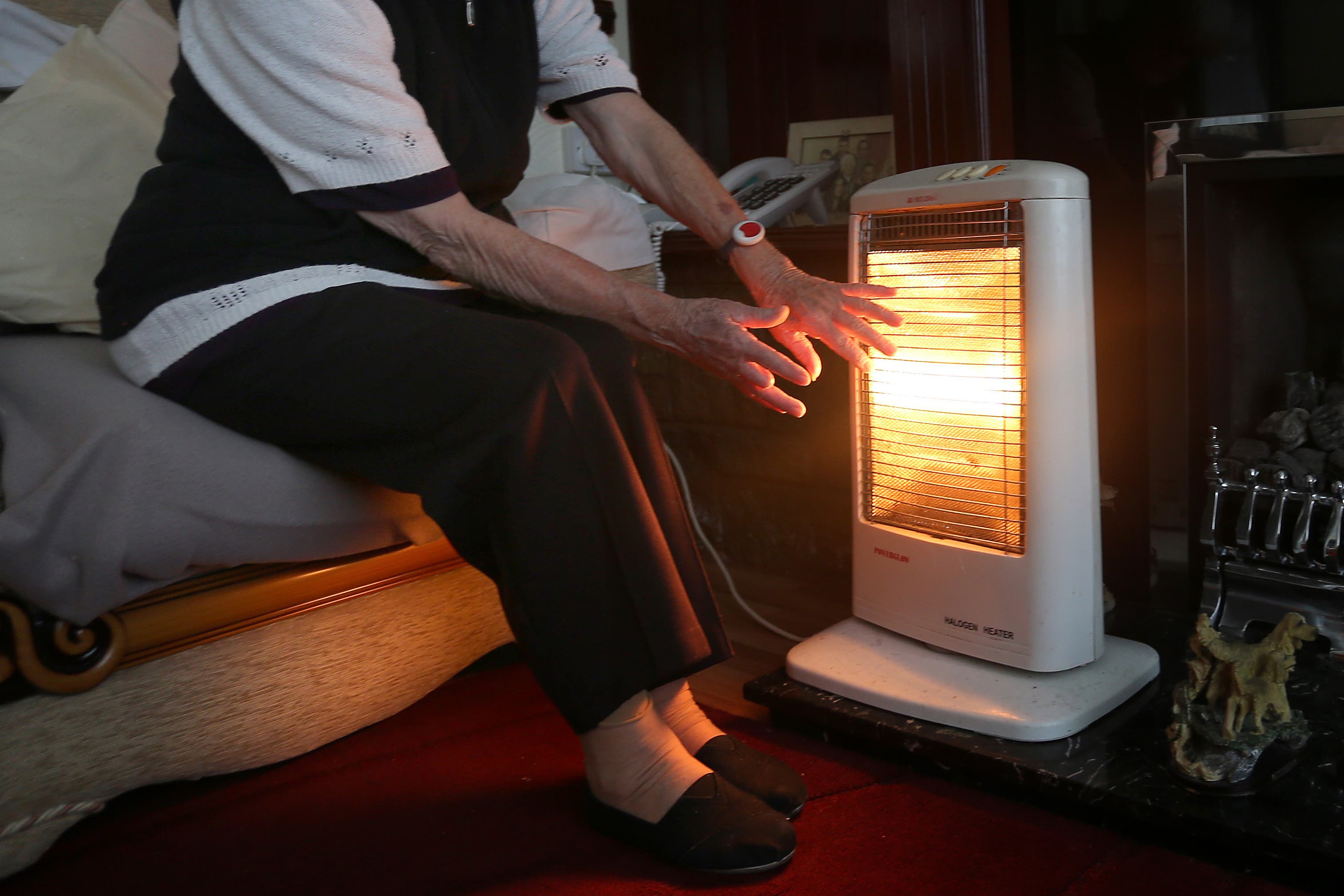One million vulnerable adults ‘living in Dickensian cold homes this Christmas’
Some 16% of adults overall are living in cold and damp homes, according to the Warm this Winter campaign.

Your support helps us to tell the story
From reproductive rights to climate change to Big Tech, The Independent is on the ground when the story is developing. Whether it's investigating the financials of Elon Musk's pro-Trump PAC or producing our latest documentary, 'The A Word', which shines a light on the American women fighting for reproductive rights, we know how important it is to parse out the facts from the messaging.
At such a critical moment in US history, we need reporters on the ground. Your donation allows us to keep sending journalists to speak to both sides of the story.
The Independent is trusted by Americans across the entire political spectrum. And unlike many other quality news outlets, we choose not to lock Americans out of our reporting and analysis with paywalls. We believe quality journalism should be available to everyone, paid for by those who can afford it.
Your support makes all the difference.More than one million of the UK’s most vulnerable adults will be living in “Dickensian” cold and damp homes this Christmas, campaigners have warned.
Some 16% of adults overall, or 8.3 million people, are living in cold and damp homes, and are exposed to the health complications that come from living in fuel poverty, according to the Warm this Winter campaign.
As well as the most vulnerable being more affected, including those aged over 75 and under six, or with a pre-existing health condition or disability, there are “stark” differences in conditions based on the type of energy account households have and where they live, Warm this Winter said.
A third of smart meter customers who have a prepayment meter (32%) said they lived in a cold, damp home, while 27% of those on traditional prepayment meters and 22% of those on standard credit said the same, a survey suggests.
Ultimately, a failure to protect people from living in cold, damp homes will cost lives
Just 11% of direct debit customers lived in such conditions.
Households in London are most likely to be living in cold, damp homes (23%), followed by people in Yorkshire and Humber (22%), the West Midlands (18%) and the North West (17%).
The NHS warns that people with damp and mould in their homes are more likely to have respiratory problems, respiratory infections, allergies or asthma.
Cold homes can cause and worsen respiratory conditions, cardiovascular diseases, poor mental health, dementia and hypothermia as well as cause and slow recovery from injury.
Petitions with more than 800,000 signatures have been handed to the Prime Minister calling for more action to urgently bring down bills and end energy debt.
Warm this Winter spokeswoman Fiona Waters said: “It is no wonder that the public are now signing petitions in droves and pointing the finger of blame for the crisis on ministers who have failed to act to protect the public from this crisis.
“Instead of help in the form of an Emergency Energy Tariff for vulnerable households and a Help To Repay scheme for those in energy debt, the public will instead be faced with increasing energy bills on January 1 2024.”
Simon Francis, co-ordinator of the End Fuel Poverty Coalition, said: “The Government needs to get a grip on the cold, damp homes crisis now facing the country, with people spending the festive period in Dickensian conditions and unable to stay warm this winter.
There’s more than enough money in energy firm profits and subsidies to guarantee an adequate level of energy for all to keep everyone warm and safe
“Without immediate action, the cost of this crisis will be felt by increased demand on the already overstretched NHS.
“Ultimately, a failure to protect people from living in cold, damp homes will cost lives.”
Stuart Bretherton, from Fuel Poverty Action, said: “Over 660,000 people have endorsed our demand to ensure everyone’s essential energy needs are met, it’s not radical.
“There’s more than enough money in energy firm profits and subsidies to guarantee an adequate level of energy for all to keep everyone warm and safe.”
Opinium surveyed 2,000 UK adults between November 24-28.